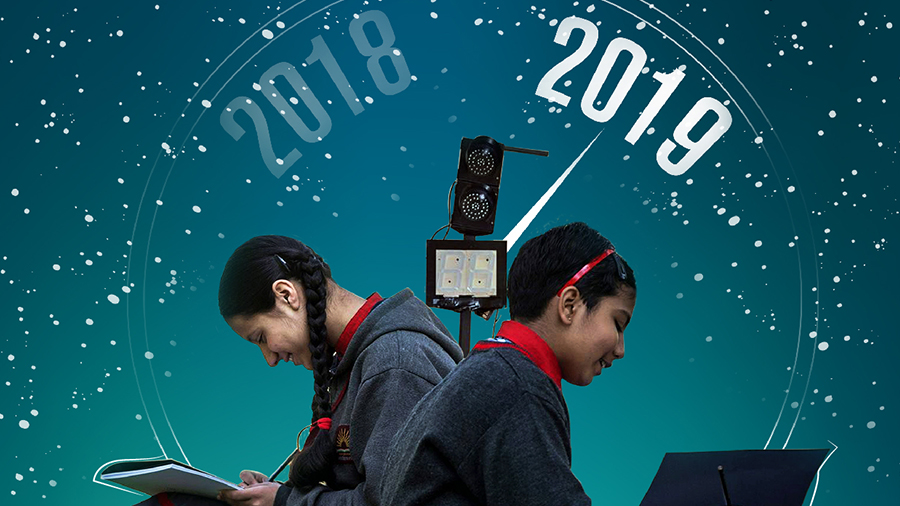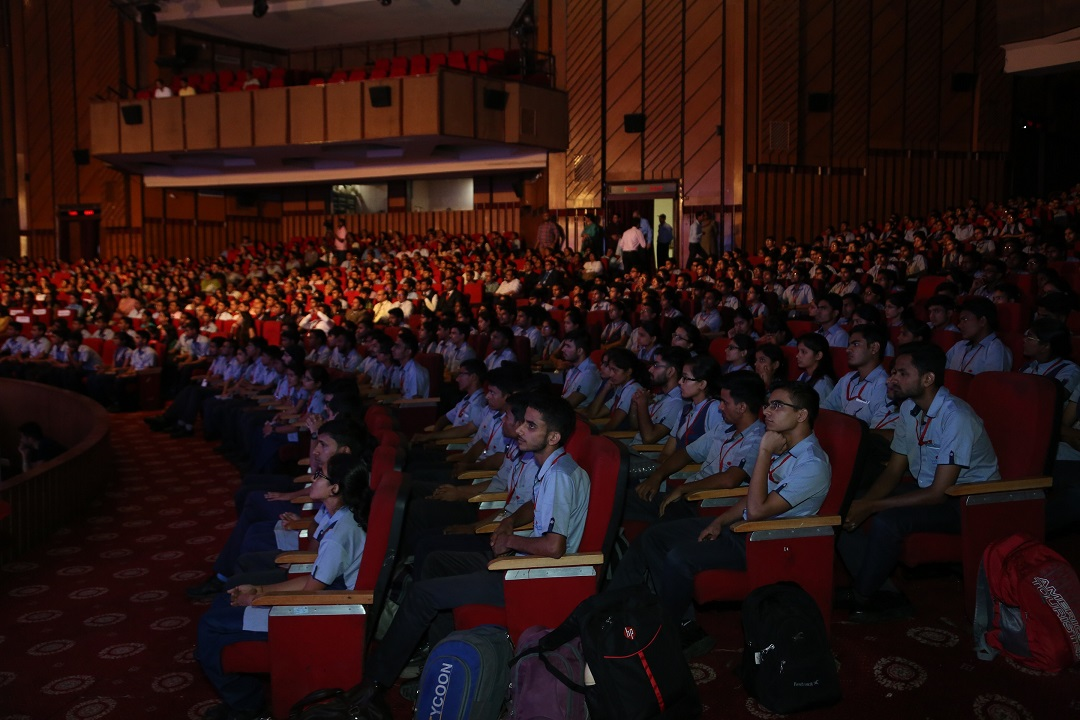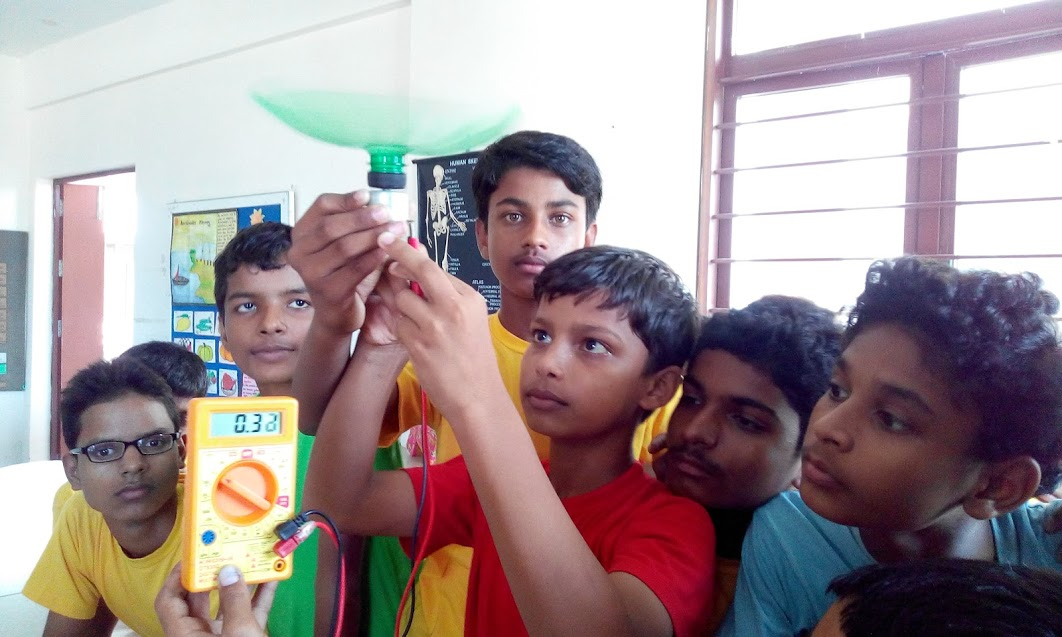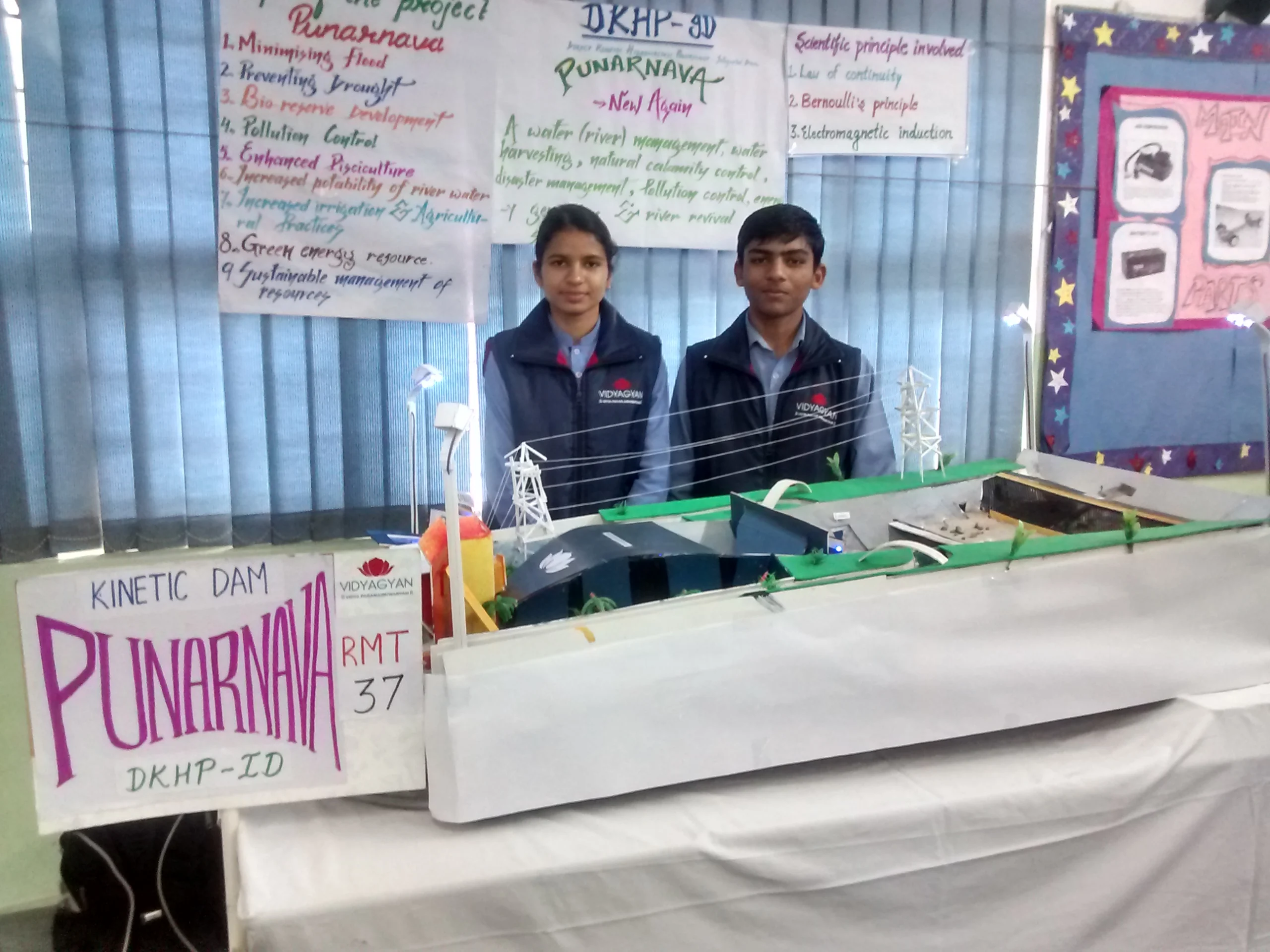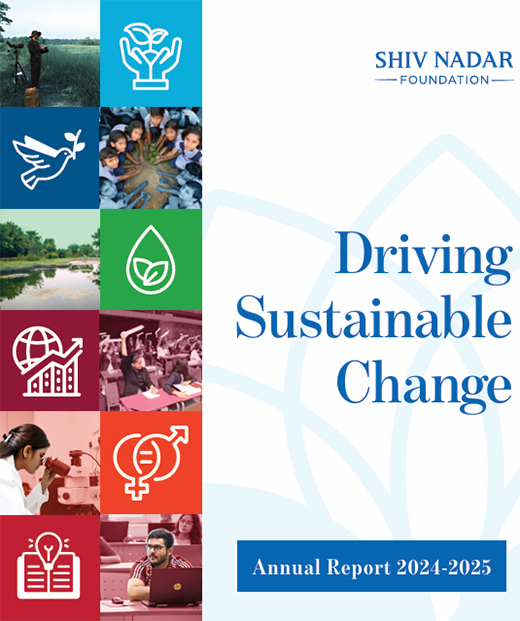Injecting the joy of learning in rural classrooms

Education is regarded as one of the most powerful tools to transform individuals, communities and countries as it provides us the basic means to lead an impactful and aspirational life. When considered as a fundamental life-altering force, one can see that education cannot be equated with merely attending school, but truly engaging with the learning that a school has to offer. In an urban society, we are able to accomplish this through established systems of formal education, with structured curricula and sophisticated methods of teaching. But as we move into the rural hinterlands of our country, this structure begins to disintegrate.
There is no denying that Government interventions have tremendously increased the number of schools across rural India, boosting enrollment and bringing children back to rural schools with better amenities. In the recent years, India has made significant progress towards achieving the ‘Education for All’ goals. Today, as per publicly available Government data, almost 96% of rural children in the age group 6-14 years are enrolled in schools.
Despite these impressive numbers, the more critical questions are what exactly are these children learning in school, how effective is it and are they excited about what they are learning?
When it comes to rural education, most initiatives today are still incentive-driven i.e. providing amenities that would attract a child to school or a parent to send their child to school – such as mid-day meals, sanitation facilities, free uniforms, grounds to play games and free course books. Some initiatives focus on specific target groups like the girl child. Lack of separate toilets for girls has long been a detriment for girls to attend school. Hence, such initiatives focus on building proper sanitation facilities. Despite such efforts, the state of education in rural India remains grim. There is a fundamental challenge that continues to hinder the efficacy of such programs – the absence of motivation among teachers which has a ripple effect on children’s motivation and interest level in learning at school.
Teachers in rural schools are often inadequately trained, overworked with many different responsibilities or just absent. In many rural schools, teachers have to often take up multiples roles, such as administering mid-day meals, assisting in immunization programs, aiding healthcare and social awareness, amongst others. The teacher to student ratio is extremely steep, with many teachers taking on multiple grades and subjects to fill the need. More often than not, a teacher may not even have the resources to assist in classes, apart from the mere chalks and blackboards. When compared with urban schools, which have now moved to digitized interactive content, such basic amenities are no longer sufficient.
There is a need to recognize that teachers are one of the most important stakeholders in the rural education landscape, as they have a huge impact on children and effectively on any program or intervention geared towards them. Their role is also made more important as most parents in rural areas are not educated enough to teach or mentor their children at home post school. Also the environment in villages and homes is not conducive to provide learning opportunities. Thus, the school and classrooms usually act as the only center of learning for students where they can actively partake in studies. The environment in schools has a huge influence on students’ inclination to learn. Thus, the role of teacher in a rural set-up transforms from being a mere disseminator of information to a life-coach with the school becoming a sanctuary of learning rather than just a building.
The rural schools need to have an environment that is stimulating and encouraging, one of the key factors overlooked by most rural intervention programs. Classrooms need to become fun and exciting places to learn new and interesting ideas. And as is evident in programs being run in urban schools, technology can play a crucial role in facilitating this.
Digital Technology is the next big frontier that is radically changing classroom learning and teaching experience in urban schools. Why not the same for rural schools as well? Technology-aided learning is a great way to inculcate the joy of learning among children. Audio-visual aids have been known to capture and retain interest far longer than textbooks and blackboards. These are more interactive and enjoyable. Moreover, these make students more receptive and the learning more effective as children tend to retain it better and longer. While Digital India has been gaining momentum and digital access has come into national focus, making rural India tech-savvy will after all need to begin at schools, with the students and teachers, before it can go on to the communities.
For teachers, technology can help evolve and support their role, with better teaching and learning material. Internet opens an array of online training so teachers can train themselves and gain higher authority and autonomy in the system. Better training also effectively shifts the focus to quality, encouraging teachers to introduce new teaching methods in their classes, towards building students’ attention and concentration in class. Technology can also take on the multiple roles of teachers, with computers assisting in data collection and handling various types of administrative work. Technology also offers opportunities for e-learning and distance education, bringing better quality study material and learning to rural students. Imagine, a child sitting in a village in Haryana and participating in a seminar in Delhi virtually. Such is the power of technology in assisting education.
Digital technology-driven learning is not just another amenity for a rural classroom; it can help radically transform the way children learn, how much they learn and how much fun they have while learning, enabling higher retention. Education at the end of the day does not end at textbook learning, it should build curiosity and encourage students to question and think. A holistic education would build holistic individuals, a crying need for rural India with its social, linguistic, economic and other challenges. Educated children in these communities can help mitigate many such challenges. And the first step towards this would be to bring back the joy of learning in the rural classrooms.


